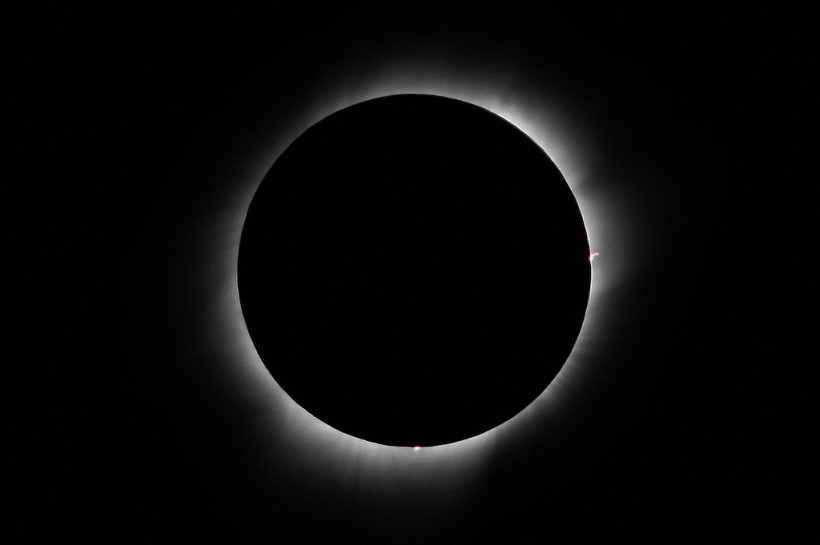On April 8, a total solar eclipse is set to sweep across the United States, plunging over a dozen cities into temporary darkness. Starting shortly after noon in the southern region on April 8, the eclipse will traverse directly through 13 states. NASA has released trajectory maps pinpointing the precise locations and times for observing this uncommon celestial event.

(Photo : ARIS MESSINIS/AFP via Getty Images)
Timing of the 2024 Total Solar Eclipse Across the US
The impending solar eclipse, marking the first of its kind in the United States since 2017, is poised to journey across North America. Originating in Mexico, it will traverse the United States before exiting through the northeastern region into Canada.
Those positioned within the designated "path of totality" will witness several minutes of darkness as the moon obscures the sun's light. Even individuals outside this path will still experience some degree of the eclipse's effects.
Brian Lada, an astronomy expert from AccuWeather, emphasizes that missing this year's eclipse means waiting for another two decades for a similar opportunity within the contiguous United States. While total solar eclipses occur annually worldwide, their visibility in the United States remains relatively rare.
NASA's comprehensive trajectory map delineates the eclipse's complete path and estimated timings across numerous states. The eclipse is scheduled to commence in Texas around 1:30 p.m. CDT and conclude in Maine at approximately 3:30 p.m. EDT.
Notable cities such as Dallas will get to see the Moon blocking the sun at 1:42 pm CDT, Idabel in Oklahoma at 1:47 pm CDT, Little Rock, Arkansas at 1:52 pm CDT, Poplar Bluff at 1:56 pm CDT, Paducah, Kentucky at 2:01 pm CDT, Carbondale, Illinois at 2:01 pm CDT, Evansville, Indiana at 2:04 om CDT, Cleveland at 3:15 pm EDT, Erie, Pennsylvania at 3:18 pm EDT, Buffalo, New York at 3:20 pm EDT, Burlington, Vermont at 3:27 pm EDT, Lancaster, New Hampshire at 3:29 pm EDT, and Caribou, Maine at 3:33 pm EDT.
The eclipse's journey promises to captivate skygazers and astronomy enthusiasts alike, offering a rare glimpse into the celestial ballet of the solar system. As darkness descends upon the landscape during the middle of the day, millions of Americans will have the opportunity to witness a natural phenomenon that transcends geographical boundaries and reminds us of the awe-inspiring beauty of the cosmos.
READ ALSO: Eclipse Chasing: Which Places in the Path of Totality Will Have the Best Weather on April 8?
Safe Viewing: Guidelines for Observing Solar Eclipses
It is never safe to gaze directly at the Sun without appropriate eye protection, except for the fleeting moments of totality during a total solar eclipse, when the Moon fully covers the Sun's bright surface. Using camera lenses, binoculars, or telescopes without proper solar filters over the front optics can result in immediate and severe eye damage.
During the partial phases of a solar eclipse, both before and after totality, it is imperative to view the Sun through designated solar viewing glasses or handheld solar viewers at all times. These specialized glasses are distinct from regular sunglasses and must meet the ISO 12312-2 international standard. Always inspect your eclipse glasses for any damage before use, and supervise children while using them.
Using eclipse glasses or handheld viewers with optical devices such as cameras, binoculars, or telescopes is unsafe. Proper solar filters specific to these devices are required to safeguard your eyes. Seek guidance from an astronomer before using such filters, ensuring they are securely attached to the front of your optical equipment.
RELATED ARTICLE: Total Solar Eclipse 2024: A Guide to the Path of Totality, its Mechanics, and Prime Viewing Locations
Check out more news and information on Solar Eclipse in Science Times.














